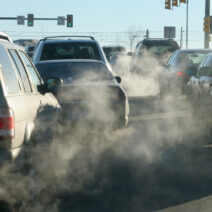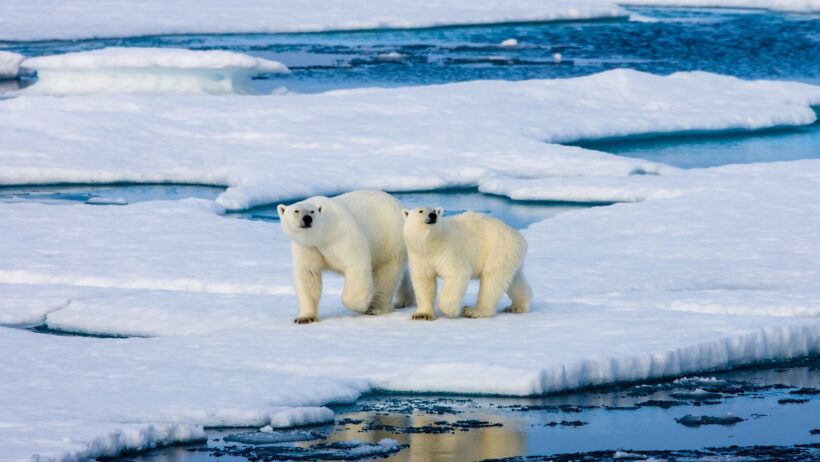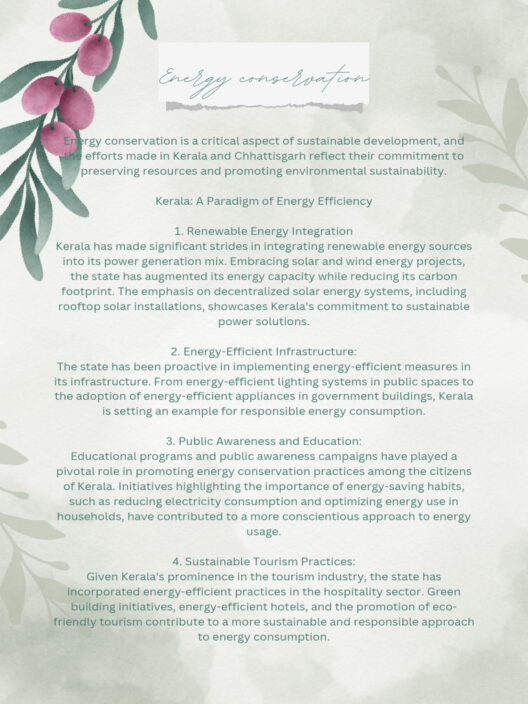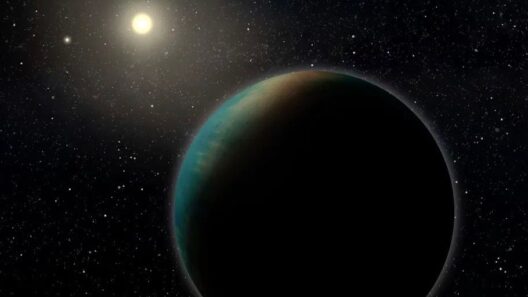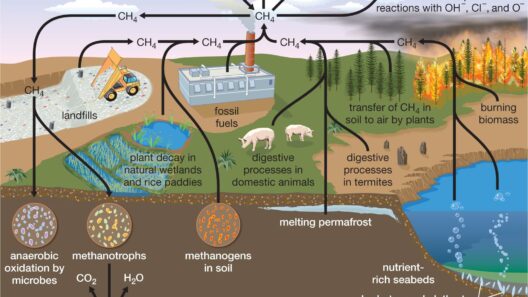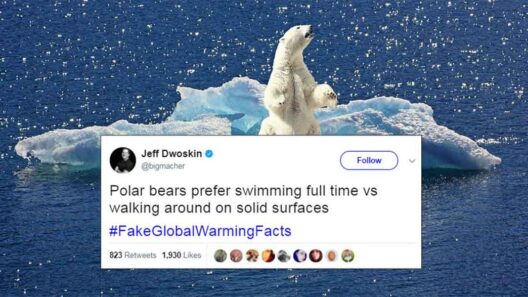The Arctic region, known for its vast, icy landscapes and extraordinary biodiversity, is facing unprecedented challenges due to global warming. As temperatures rise, the staple habitats for many Arctic animals are deteriorating, leading to a cascade of adverse effects on their survival. This discourse will illuminate the struggles of various species, the interconnectedness of ecological systems, and the broader implications for our planet.
One of the most iconic inhabitants of the Arctic is the polar bear. These majestic creatures rely heavily on sea ice as a platform for hunting seals, their primary food source. The unsettling reality is that rising global temperatures are unearthing significant portions of this ice habitat. Since 1979, Arctic sea ice extent has decreased by over 40%. This drastic reduction heightens competition among bears for dwindling resources and threatens their reproduction rates. Without sufficient ice coverage, polar bears are compelled to swim longer distances to find food, leading to increased fatigue and decreased body condition. The survival of polar bear cubs is consequently jeopardized, as they require the energy reserves that their mothers typically accumulate during the winter months.
Furthermore, the melting of sea ice not only affects polar bears but also disrupts the entire marine ecosystem. Marine mammals, such as seals and walruses, depend on ice for breeding and resting. The diminishment of stable ice platforms forces these animals to haul out on land, where they are more vulnerable to predators, including polar bears. In addition to mammals, seabirds that breed on Arctic cliffs face food shortages due to changes in prey availability; as warmer waters alter fish distributions, breeding success diminishes significantly.
Another species significantly impacted by climate change is the Arctic fox. With changing snow conditions and thawing permafrost, these creatures face challenges in hunting lemmings, their primary prey. When the snow melts earlier in the spring, the synchronization between the foxes’ reproductive cycles and the availability of food becomes disjointed. In turn, this interrupts their ability to raise young, leading to declining populations. Moreover, as climate patterns shift, competition with red foxes is increasing, further threatening the Arctic fox’s survival due to the latter’s adaptability to warmer conditions.
The plight of seabirds in the Arctic is equally concerning. Gyrfalcons and puffins depend on stable icy environments for breeding. As temperatures rise, their habitats are eroding, causing significant declines in population sizes. Puffins, for example, primarily feed on small fish that thrive in cold waters. With warmer conditions, fish behavior alters, forcing puffins to forage further from their nests, resulting in higher chick mortality rates due to starvation.
Another facet of this crisis is the impact on indigenous species such as reindeer, or caribou, which are vital to the cultures and livelihoods of many Arctic communities. These animals rely on a delicate balance of seasonal food resources, including lichens that flourish in cold temperatures. As climatic shifts lead to alterations in plant communities, the nutritional value of food sources dwindles, directly affecting their herds. Increased temperatures contribute to habitat deterioration and can lead to parasites and diseases that were previously controlled by colder climates, posing significant existential threats to their populations.
The challenges faced by Arctic ecosystems extend to the ecological fabric woven over millennia. This intricate tapestry relies on a variety of interactions among species, vegetation, and climate patterns. The observed disruption rattles the foundation of these ecosystems. For example, as ice melts, newly exposed land can lead to increased algal blooms, which can reduce water quality and impact species reliant on clear waters for foraging.
The consequences of climate change are not isolated to the Arctic region. The interplay of warming environments impacts global weather patterns, sea levels, and the proliferation of greenhouse gases. The loss of Arctic ice, for instance, contributes to further warming through a feedback mechanism known as albedo. As reflective ice disappears, darker ocean waters absorb more sunlight, exacerbating the warming process. This, in turn, stimulates further ice melt, creating a vicious cycle that endangers both wildlife and human populations alike.
In conclusion, the survival challenges faced by Arctic animals underscore the urgent necessity for comprehensive climate action. The plight of polar bears, seals, walruses, Arctic foxes, seabirds, and caribou illustrates how interconnected ecosystems are profoundly affected by rising temperatures. To mitigate these impacts, it is imperative to advocate for policies aimed at reducing greenhouse gas emissions, protecting critical habitats, and raising awareness about the importance of preserving biodiversity. The fate of Arctic animals serves as a crucial reminder of our collective responsibility to safeguard wildlife and, by extension, our planet for future generations.
